Guy Stuff
Tips For Buying An Engagement Ring Online
There’s no doubt about it, buying a diamond ring can be an intimidating experience regardless of where and how the purchase is made. But fear not, as this guide is set up to help you navigate the online marketplace of diamonds where the sheer amount of inventory can be intimidating to find the right stone for you.
Shopping online for a diamond ring puts you at an advantage, as you can browse 1000’s of diamonds based on your criteria rather than just what a brick and mortar store has in their inventory.
When it comes to buying any kind of diamond, one of the first things you should learn about, especially when shopping for a diamond engagement ring, are the four Cs. The four Cs are the top properties jewelers use to gauge the price of a diamond and are fundamentals you should be well versed in.
Know Your Cs
First and foremost, the four Cs are color, clarity, cut, and carat (weight).
Color
In regards to color, we’re actually referring to the lack of color in the diamond. The color is ranked from D to Z under controlled lighting and viewing conditions. Working through the alphabet, from D-F, the diamond will show very little to absolutely no colors present. The next section, near colorless, letters G-J, will show light hues of a color. Faint letters K-M, have a little more of the hue mentioned. Very light, or letters N-R, show even more color, and finally, the light classification, letters S-Z, show the most amount of color. The closer the diamond is to D, the more valuable the diamond.
Clarity
Clarity is the recognition of any abnormalities to the diamond, which are inclusions and blemishes. The scale has six different categories: flawless (FL); internally flawless (IF); very, very slightly included (VVS); very slightly included (VS); slightly included (SI); and included (I).
Cut
Usually confused with the type of cut (i.e. round, princess, oval), a diamond’s cut grade refers to how well a diamond’s facets interact when a light is shined on it. Seen as the hardest aspect to analyze and determine, the cut is separated into five categories: excellent or ideal, very good, good, fair, poor. In order to come to this conclusion, the brightness, or the white light reflected from a diamond; fire, or the scattering of white light reflecting the colors of the rainbow; and scintillation, or how many sparkles are produced, are taken into consideration.
Carat (Weight)
Simply put, determining the carat is figuring out how much the diamond weighs. The carat weight is the most important of the four Cs when determining the overall price of the diamond. A carat is equal to 200 milligrams and can be subdivided into points of 100, and the point system is a jargon often used by jewelers. For example, .3 carats are equal to 30 points.
Buying On A Budget
The following tips will allow you to get the perfect engagement ring within your budget. Companies like Ritani allows you to set up filters that will maximize your budget and options.
Step 1: Identify the high range of your budget and input that into the price filter. This will allow you to browse diamonds in your price range.
Step 2: Cut is by far the most important of all of the “C’s” and it’s what gives the diamond life. So don’t skimp here. Just don’t. You should be looking at very good at the very least, preferably an ideal cut. Cut is non-negotiable, so set the filters to highlight “very good” through “ideal”.
Step 3: When shopping on a budget we can keep this simple, diamonds with a color of F, G, H are all what you are looking for. You most likely are not going to be able to tell the difference between these colors, and you are saving your hard earned money from the premium prices of colorless diamonds.
Step 4: Choosing the carat weight is where you’ll have the most wiggle room when combined with clarity. For some brides to be, size matters. This can be intimidating when dealing with a budget because price increases directly correlate with the carat weight of a diamond. Consider what is a negligible difference when it comes to looking at each diamond, because prices dramatically increase when the carat weight increases in nice round numbers such as .5, .75, 1.0, etc. Can you really tell the difference between .9 and 1.0 carat weight? Visually, I would say that you aren’t going to notice much difference. Your wallet, on the other hand, pays very close attention to the difference between those two diamonds.
In the same vein, diamonds of similar carat are not all the same. Depending on their cut, more specifically the depth, a lesser carat diamond can appear to be larger than a greater carat diamond. How can you tell? By checking the GIA report listed with each diamond from Ritani; there will be measurements listed. When you have narrowed down your selections, pay close attention to the width of the diamond as you might be able to save some money by comparing the width of a lesser carat diamond to that of one greater.
If your significant other wants a “big” rock, what she means is that she wants a diamond that “looks” big. This is where the width comes into play.
Ninja Shopping Tricks
Start the search with filters set for clarity rather than carat weight. This will give you a general idea of the size of stones within your budget before comparing apples to apples and getting the most bang for your buck.
For a visually clean diamond, set your filters to include SI1 through VS1. If you can find an eye clean SI1 diamond, you will be saving yourself a bit more money for the wedding. This will require looking at the high-quality images to see if the inclusions are acceptable before proceeding to purchase.
Online browsing allows you to set advanced filters that can highlight the diamonds with the most sparkle and fire to ensure you are getting a great diamond. Using these filters will allow the cream to rise to the top and you can confidently begin comparing diamonds.
An ideal table is between 53-58. Set your filters to include diamonds in that range. The ideal depth is from 59.3-62.8. Follow the same process that you did with the table settings.
You now should have narrowed down your options to an acceptable number of diamonds to compare and crunch numbers with your budget that will make both you and your bride to be happy!

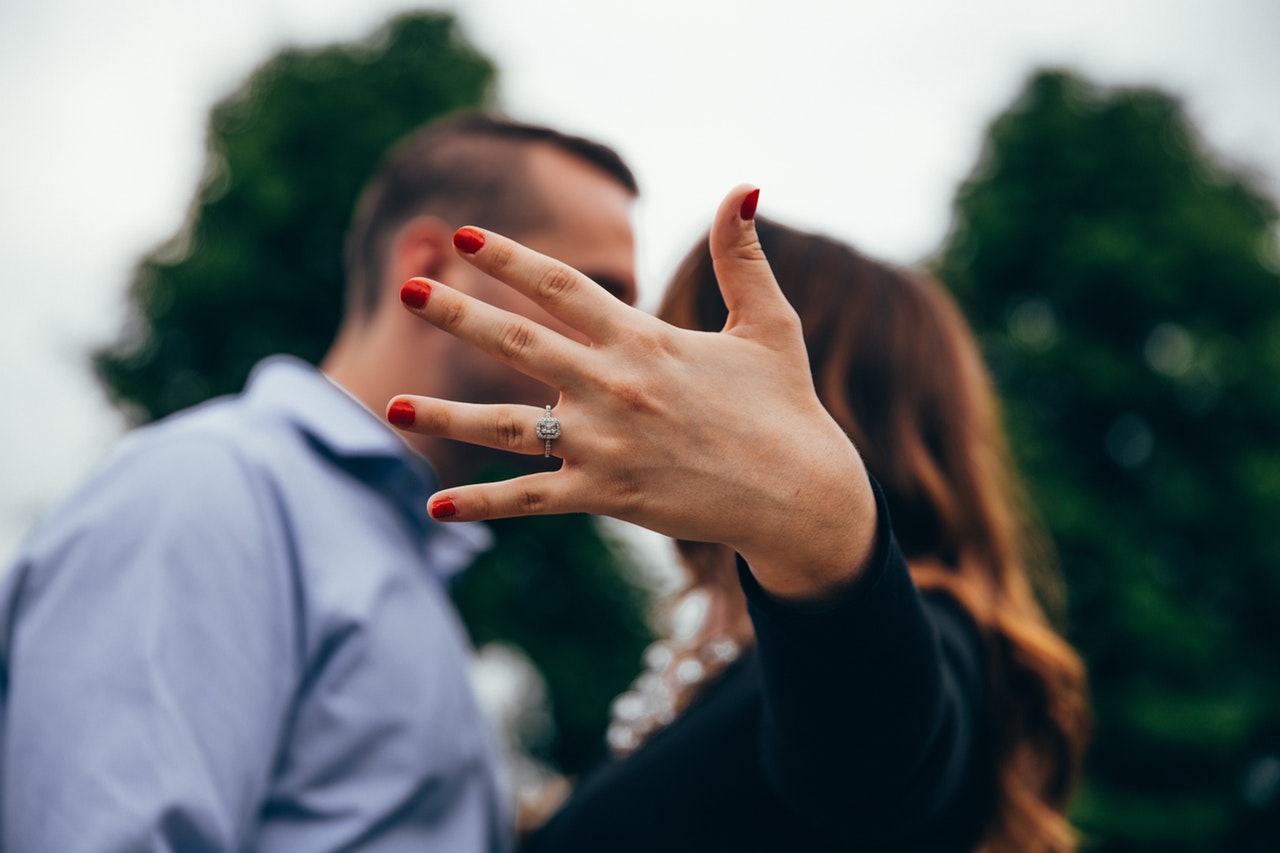
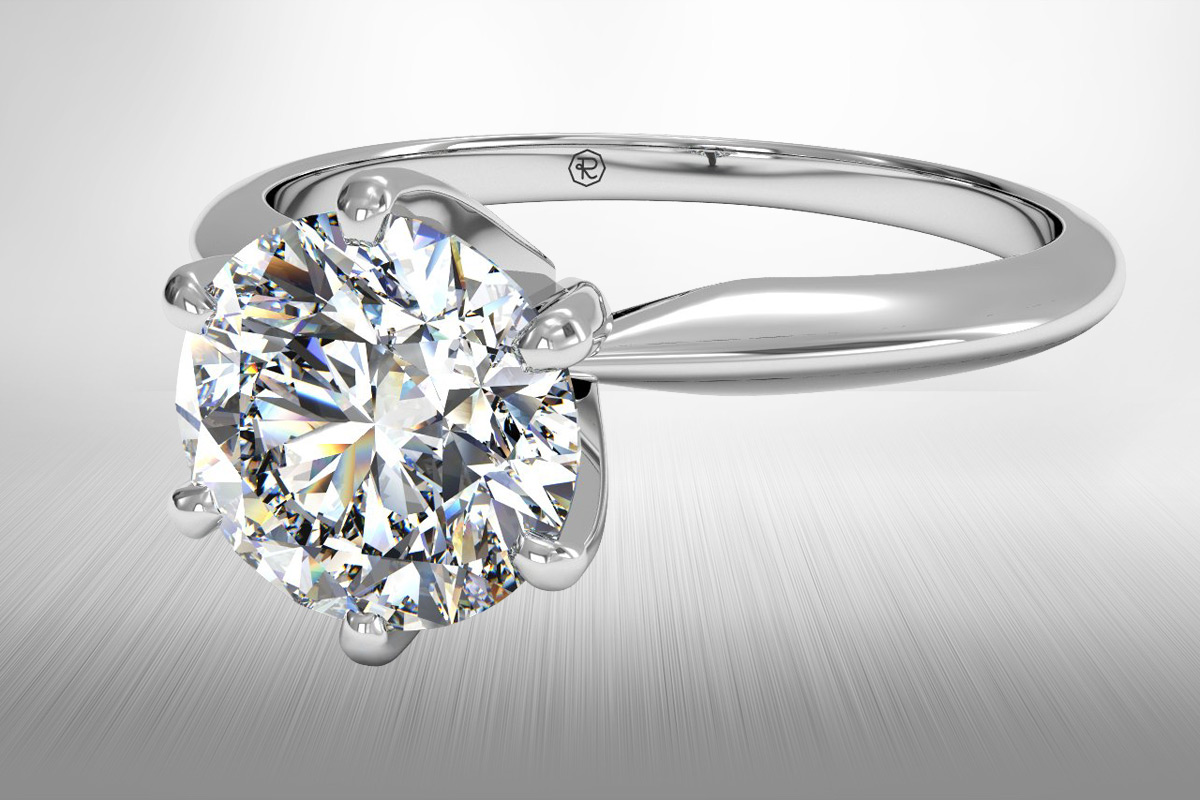
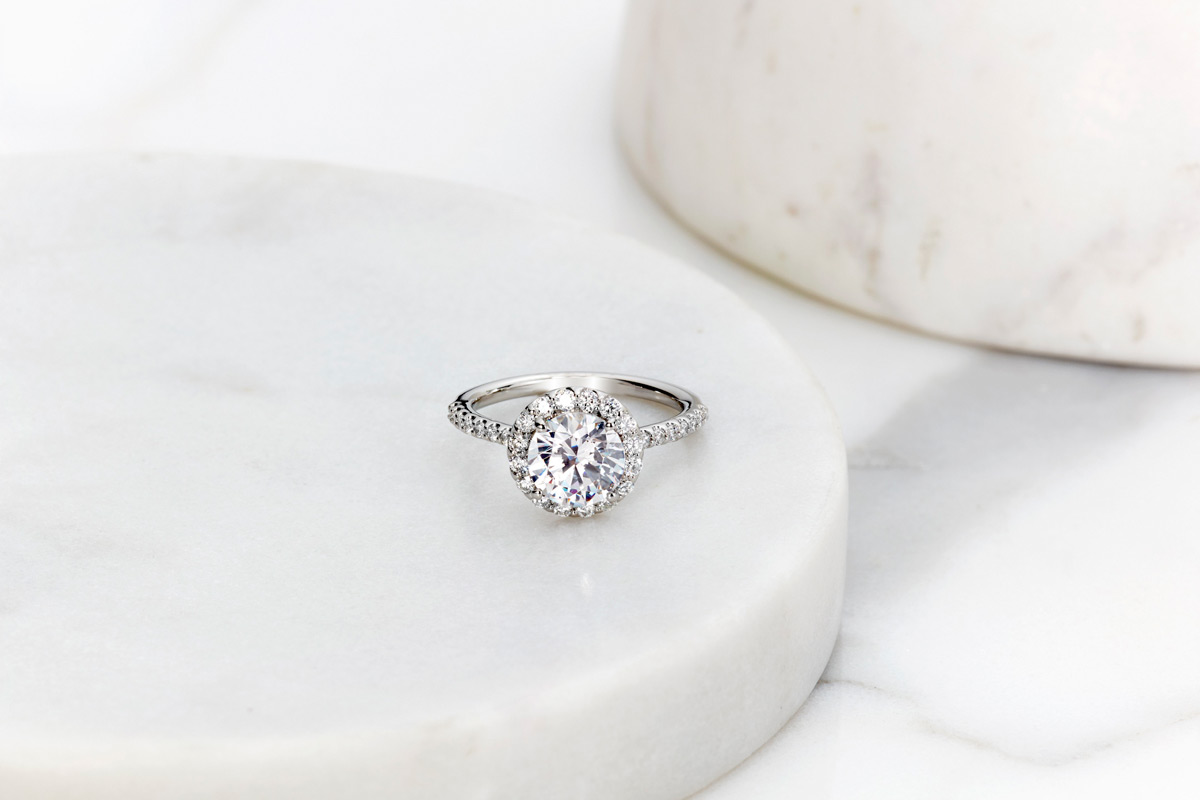
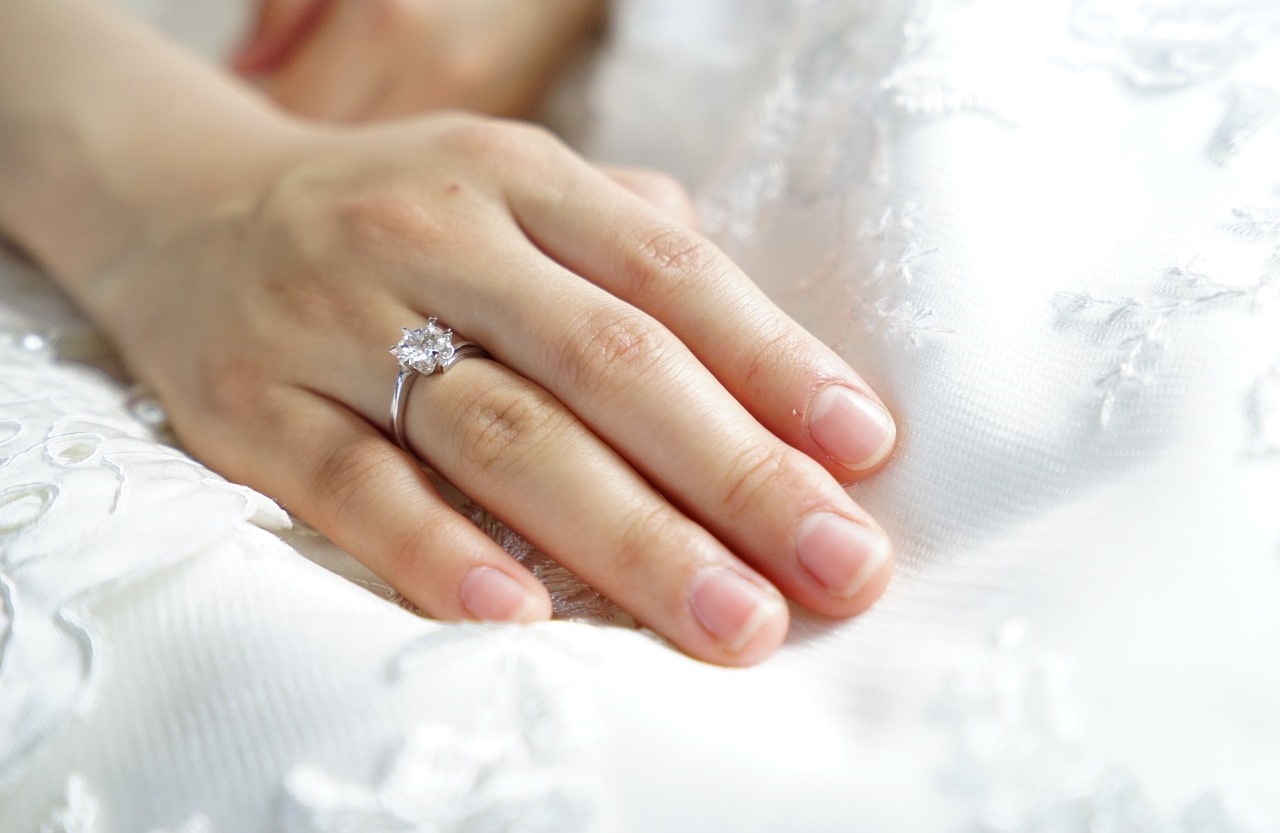
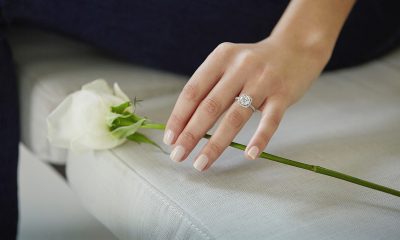



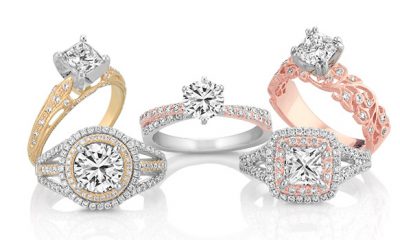



















Recent Comments